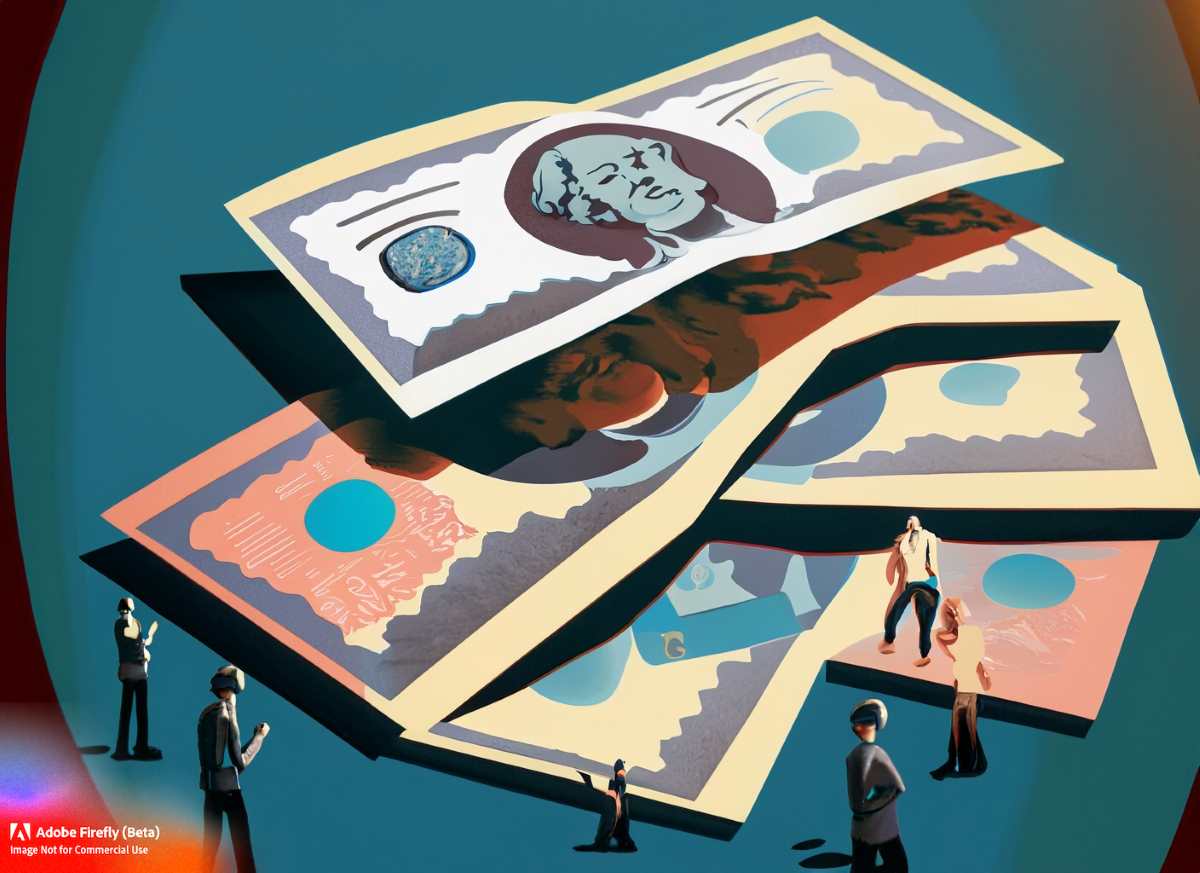How Microfinance is Empowering Entrepreneurs
Discover the power of microfinance and how it is transforming lives around the world. Our article explores the benefits and challenges of microfinance and its role in promoting financial inclusion and economic development.





